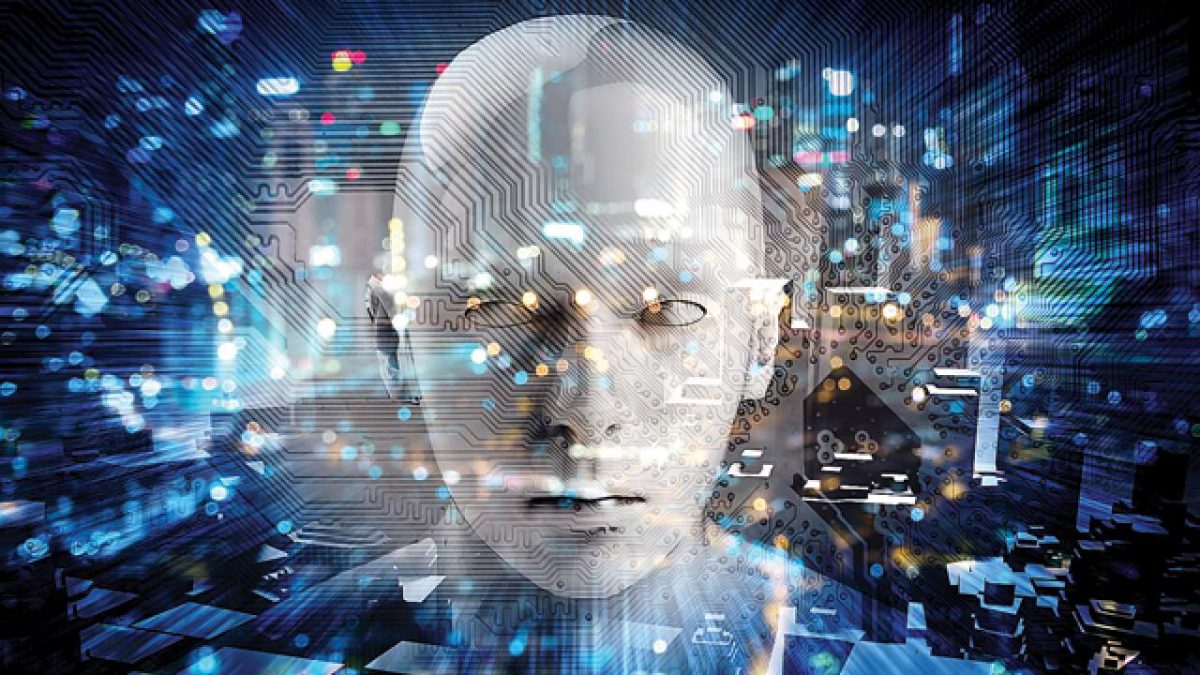After finishing a crisp disposable plastic water bottle on a hot day, tossing it into the recycling bin, and sending it on its way to the recycling plant, that very bottle proceeds to get clumped in with thousands of other various recyclables before finally arriving at the facility where it will be sorted and processed into raw material to be reused. Traditionally, once piles of recyclable material mixed with trash arrive at these “materials recovery facilities”, the process first goes through a manual step where laborers stand alongside moving conveyor belts full of this waste mix and remove the non-recyclables. The remaining recyclables are sorted into appropriate categories ranging from recycled bottles and plastic bags to metal cans, and these sorted groups are then processed into raw material from there.
However, organizations and companies lately have begun thinking critically about the shortcomings of today’s plastic recycling process, as it must improve its speed and effectiveness to handle the increased levels of recycling in the future. Equipping machinery with artificial intelligence is one promising way to expedite the recyclable sorting process.
There is unlimited potential for software automation such as artificial intelligence (AI) and machine learning (ML) to positively impact the recycling industry in the coming years, especially because AI pattern recognition is becoming the key to today’s successful virtual world.
Innovative AI-based sorting machines can efficiently sort groups of recyclables and remove trash through learning how to recognize properties of materials (such as color, shape, size, etc.). After an AI machine is given a testing period during which it learns how to recognize key characteristics of recyclables, it then can be used as the sole operator of recycling conveyor belts, operating at near lightning speed. As the machine uses self-learning algorithms to continuously improve its recyclable recognition, this enables production of increasingly purer recycled plastic material.
An industry-leading robot like this has already been developed by the company Machinex, which calls its AI-driven recyclable sorter the SamurAI. This sorting robot already has been proven to be twice as efficient as current human workers (being able to sort around 70 pieces of recyclables a minute compared to the typical human laborer’s 35 pieces per min). Additionally, the SamurAI software has been tested and been taught to improve itself through pattern recognition to the extent that it has up to a 95% efficiency at correctly identifying and sorting recyclable pieces.
So what can you do alongside this exciting AI innovation to improve the recycling industry? While AI opens the door to limitless possibilities for how facilities can efficiently deal with tons of waste daily, there is still an endless necessity for people in society to pay more care into what they put in the recycling bin in the first place. The main reason for sorting in recycling facilities is due to people mixing in trash with their recyclables, but if we as a society actually commit to focusing more on keeping the recycling “clean”, then the process would allow for the purest recycled material possible. Any small contribution you make towards this cause goes a long way.

